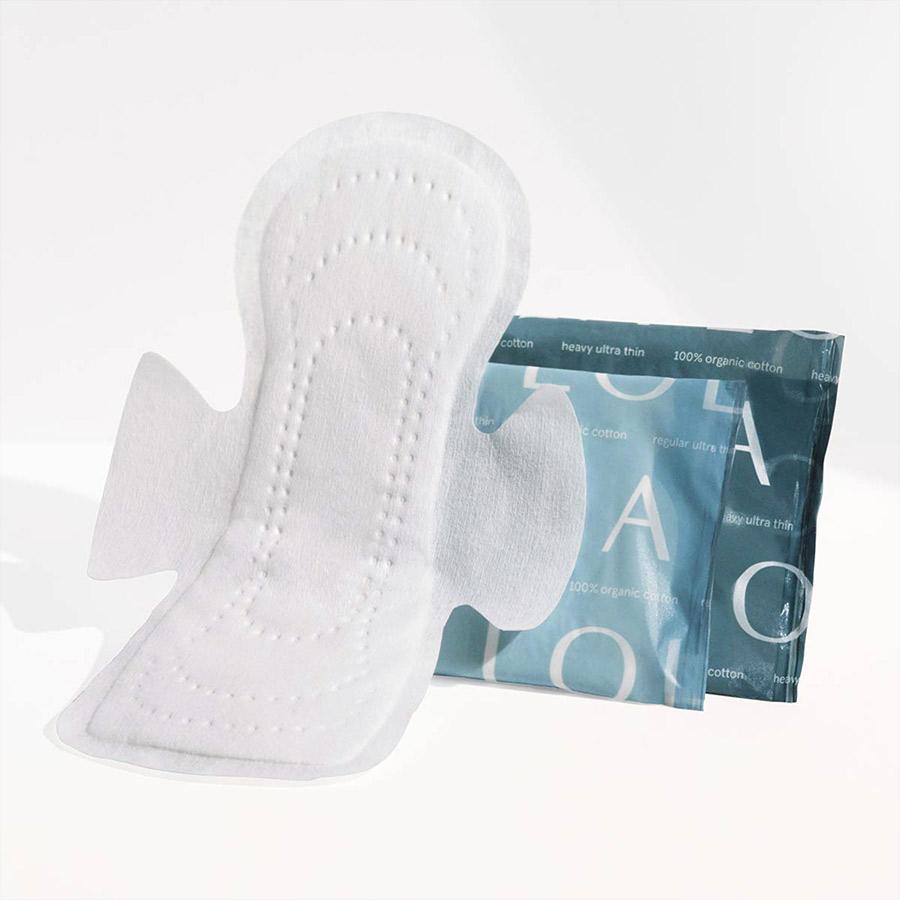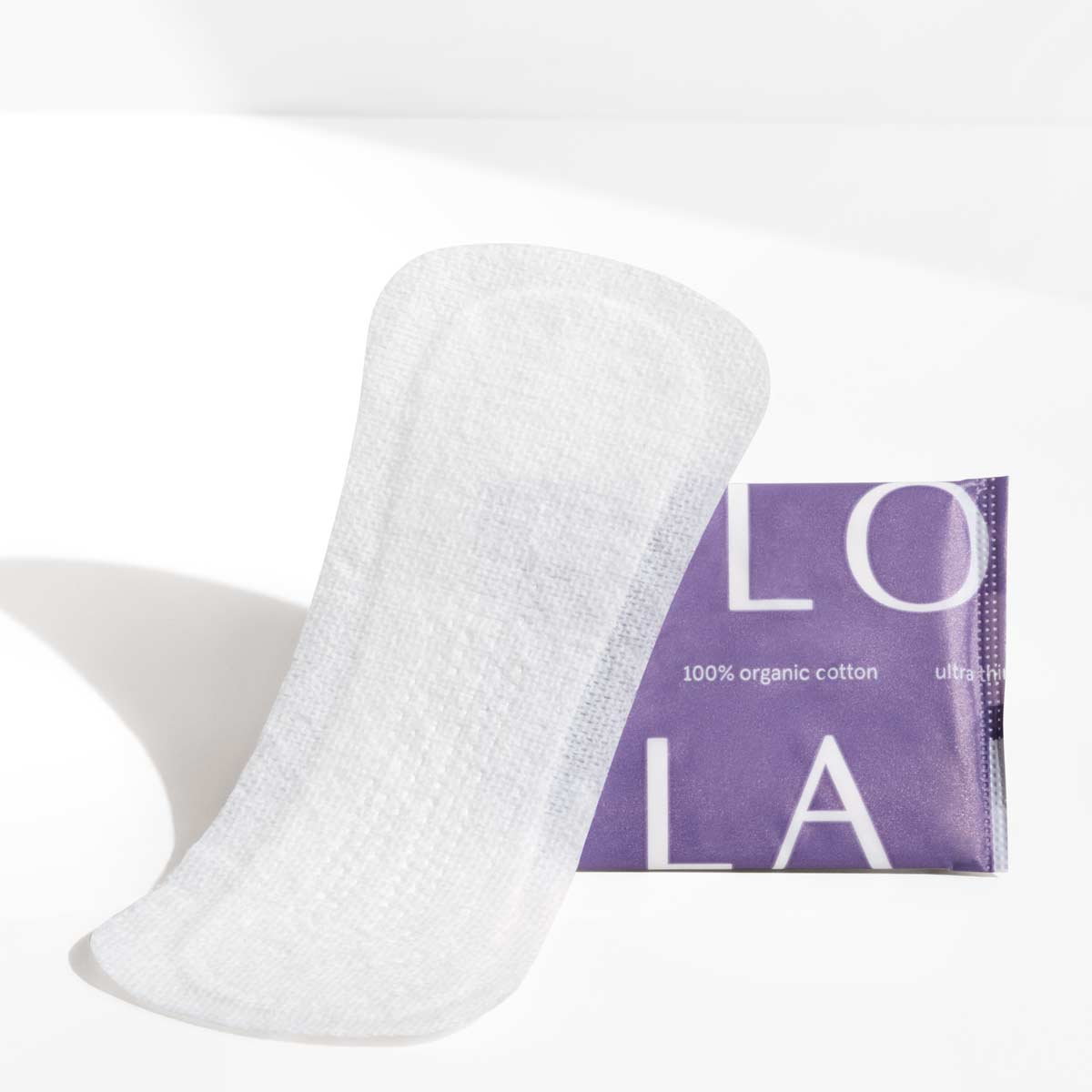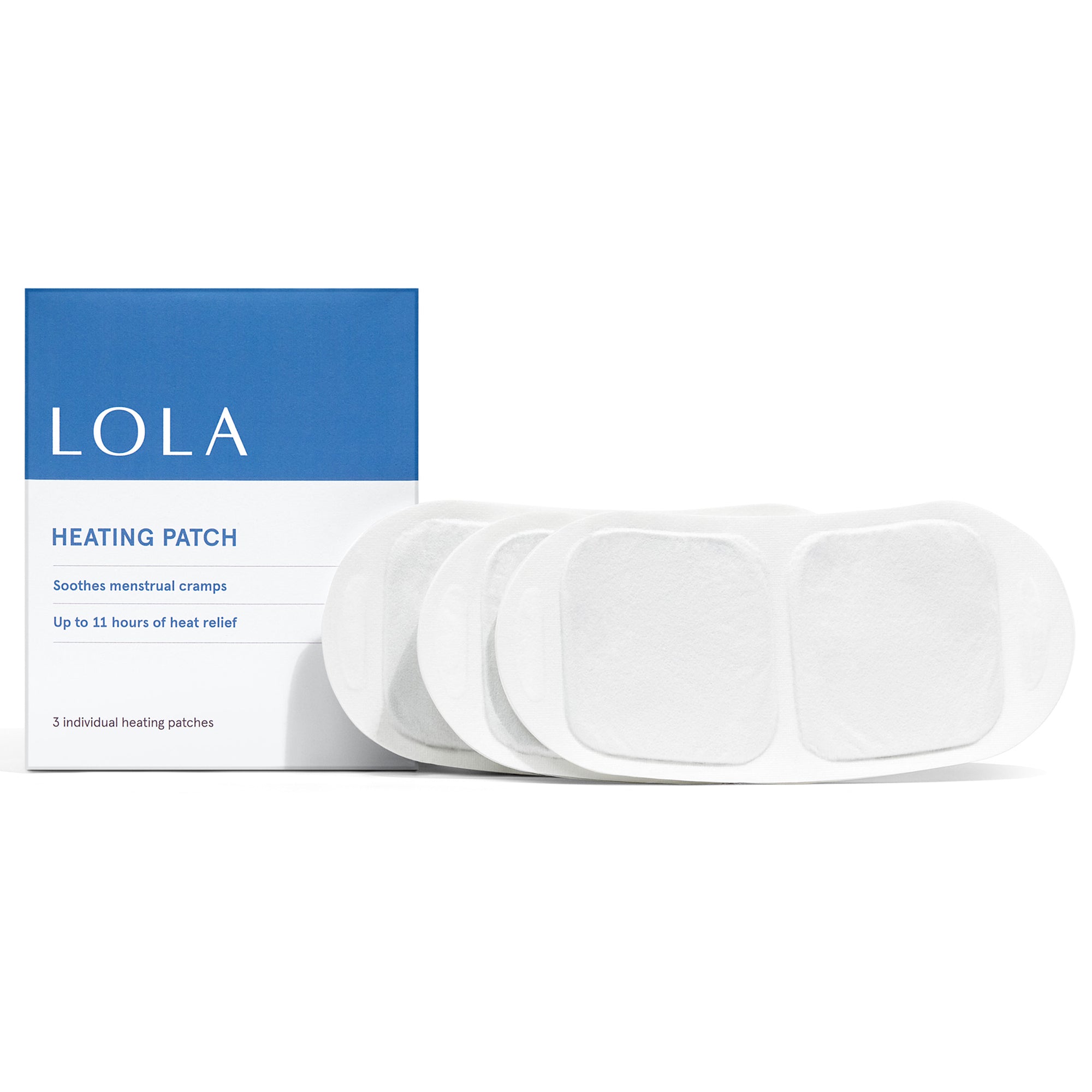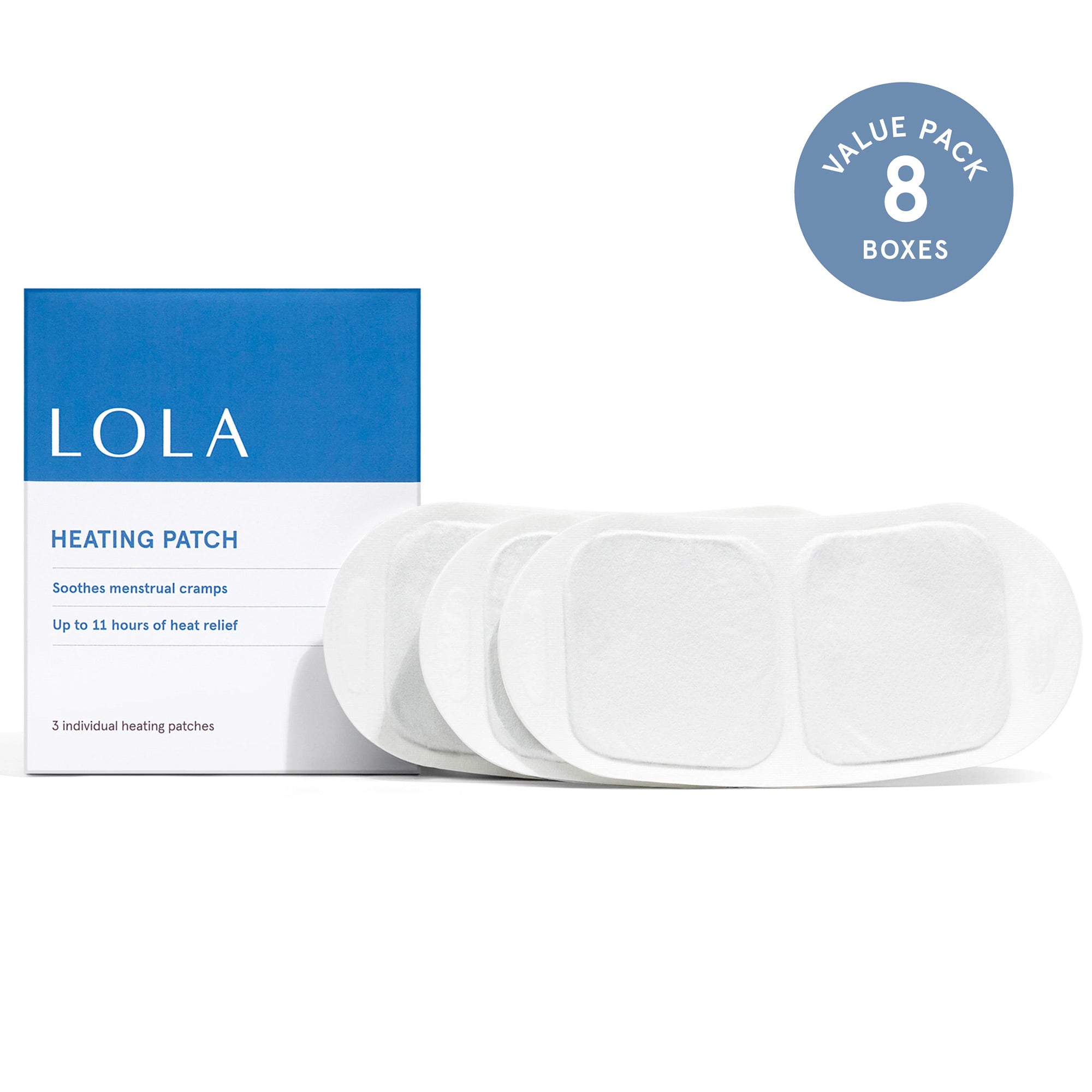Latex " the stretchy, thin, miracle rubber " appears most often in man-made marvels like condoms, balloons, and hospital gloves. But latex is actually made from the sap of lactiferous plants, specifically the rubber tree. And some people can be highly allergic to latex itself or the chemicals or irritants, used to produce latex.
According to the American Latex Allergy Association between 8% and 17% of healthcare workers, nearly 68% of children with spina bifida, and about 1% of the general population (approximately 3 million people) suffer from latex allergies which can range from simple skin irritation to life-threatening conditions.
For more information we tapped allergist and immunologist Dr. Melinda Rathkopf. Here's what you need to know:
What are the symptoms of a latex allergy?
Latex allergies can be mild for some patients and very serious for others. Symptoms can include rashes, hives, swelling, headaches, sneezing, itchy eyes, chest tightness, and difficulty breathing. "You can have different types of reactions: you can have a contact reaction which could be from irritants rubbing against you due to some of the chemicals in the latex," Dr. Rathkopf says. "Or when it is more severe you can have serious reactions with sneezing, itching, wheezing, coughing, trouble breathing, and those tend to be from the natural rubber latex and not just contact."
What products cause the most allergic reactions to latex?
Dr. Rothkopf says she frequently sees allergic reactions after patients come in contact with with rubber gloves, condoms, and balloons. According to the American Latex Allergy Association, which publishes a full list, people with a latex allergy should also avoid products that frequently contain natural latex. These products can include: adhesive, resistance bands, dental dams, dishwashing gloves, pacifiers, baby bottle nipples, orthodontic elastics, erasers, rubber bands, elastic, spandex, and latex mattresses.
If you have a latex allergy what other things could you also be allergic to?
If you have a sensitivity to latex, you may also find avocados, bananas, chestnuts, and kiwis also cause allergic reactions. "Cross reactivity means when you are allergic to something, say you are allergic to latex, you are allergic to a protein that is found in that fat, so your body makes an antibody against that protein, and there are some foods that are similar enough in their protein structure that because you are allergic to latex, you are more likely to react to those foods."
What should you do if you think you may be allergic to latex?
Doctors recommend individuals with latex allergies avoid exposure. If someone suffers from a severe latex allergy they should consider carrying an EpiPen, and wear a medical alert bracelet. "You want to be aware and seek treatment," Dr. Rathkopf says. "For a lot of people it can be very mild and they don't need to have that EpiPen, and but for some people it can be life threatening."











